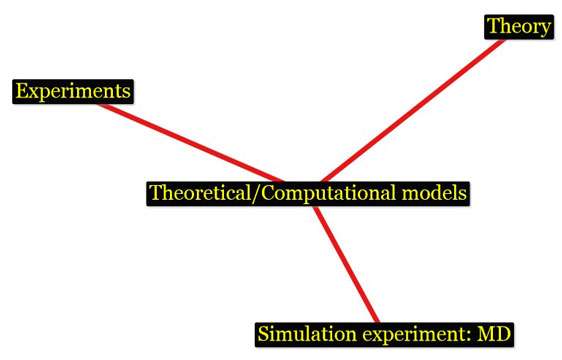Multidisciplinary analysis improves interpretation of complex systems

By combining computer science, physics and chemistry, Yang Huang has done analyses to gain more physics knowledge of particular complex systems from protein hydration, dynamics of ionic liquid, to water motion in the zeolite pores. Yang Huang defends his thesis on November 26th, at Umeå University.
Chemist Yang Huang is doing research in the field theoretical computational physical chemistry. It is a kind of science that in its approach combines theoretical models, computer science, physics and chemistry.
In the thesis, Yang Huang has worked with analysis of nuclear magnetic resonance spin-lattice relaxation dispersion (NMRD) profiles on complex systems. A NMRD profile is a plotted dispersion curve with relaxation rate R1 vs the Larmor frequency. The complex systems Yang Huang has studied include solutions with protein PrxV, OEC complex of PSII, ionic liquid BMIM[PF6], zeolite ZSM-5, and so on.
"In order to unravel the dynamics of these complex systems we analyze the NMRD profiles and results from molecular dynamics (MD) simulations with multiple theoretical models," says Yang Huang.
The MD simulation can be used as a complementary method together with NMRD profiles to obtain more detailed information. By combining these two methods, a more nuanced picture in the study of protein hydration and liquid molecular dynamics is provided.
More information: The thesis is available here: umu.diva-portal.org/smash/record.jsf?pid=diva2%3A865065&dswid=-5670
Provided by Umea University



















